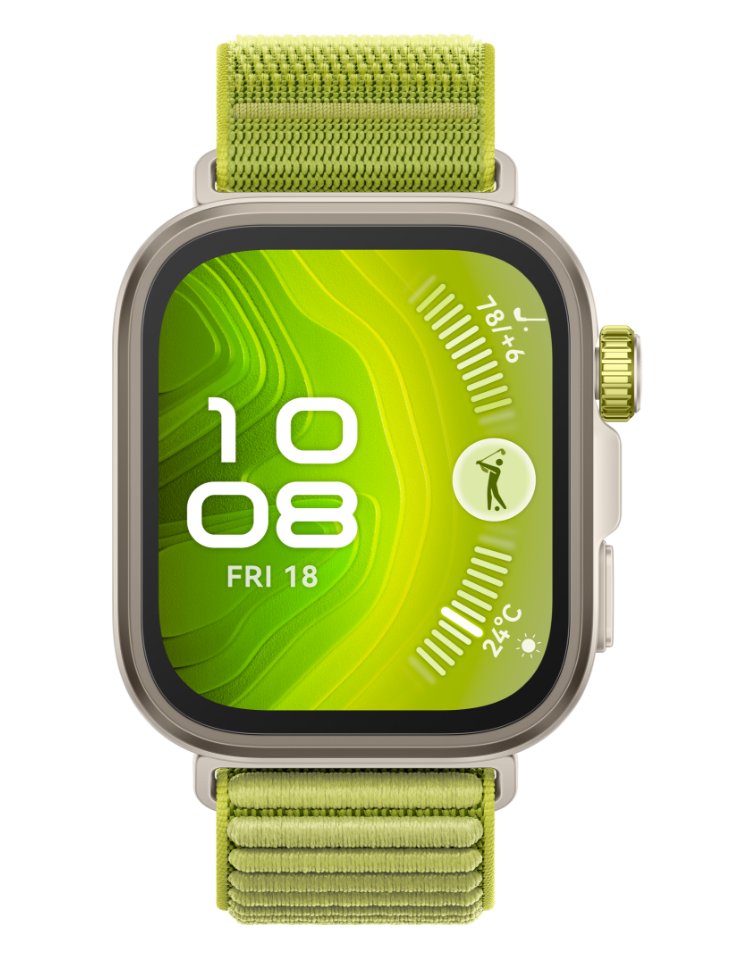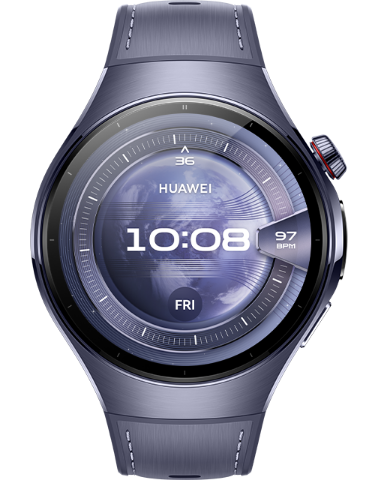Why is my wireless connection speed slower than the wired connection speed?
| Why is my wireless connection speed slower than the wired connection speed? |
This issue is likely due to Wi-Fi signal interference. Wi-Fi signals travel through open airspace where they can be disrupted by a variety of factors, including device antennas, signal interference, transmission distance, and physical obstacles. Therefore, Wi-Fi generally runs slower than broadband Internet.
The following table provides examples of uplink speed for bandwidth environments of 200 Mbps and above.
Single antenna phone |
Dual antenna phone |
1X1 Wireless network adapter |
2X2 Wireless network adapter |
|
Unobstructed 3-5m range |
40 Mbps |
75 Mbps |
80 Mbps |
140 Mbps |
Separated by non-load bearing wall |
25 Mbps |
40 Mbps |
50 Mbps |
100 Mbps |
Separated by load bearing wall |
15 Mbps |
20 Mbps |
30 Mbps |
50 Mbps |
- These tests results were gathered in low-interference environments. During actual use, the connection speed may be higher or lower depending on the strength of interference.
- Wi-Fi connection speed is limited by the uplink bandwidth. For example, if the uplink bandwidth is 20 Mbps, the maximum connection speed in the same environment is only 20 Mbps. If the WAN port is a 100 Mbps port (for example, HUAWEI Router WS318n), the maximum speed for a broadband network with a 200 Mbps uplink is around 100 Mbps.



